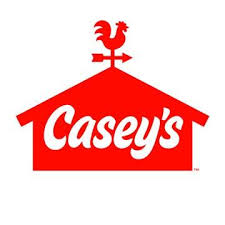NOTEBOOK – ONE GOOD READ: Consumers switching brands based on cost, availability

KATHY A. BOLTEN Mar 30, 2022 | 3:32 pm
1 min read time
280 wordsAll Latest News, Business Record Insider, Retail and BusinessI stood in the grocery aisle recently with a can of chicken noodle soup in each hand. One can, a familiar name brand, cost nearly $3; the store-named brand was $1.98. The name brand was full of thick-cut carrots, big chunks of chicken and nearly fat-free broth. The store-named brand didn’t have as many vegetables and its portions of chicken weren’t as generous. Still, there was a big difference in price. I put 10 cans of the store brand in my cart and then repeated the internal debate when I reached the salad dressing, tuna and oyster crackers. It seems I’m not the only one switching brands. According to a Wall Street Journal article written by Jaewon Kang, consumers are becoming more and more fickle, with product availability and price determining what they purchase. Some retailers told Kang that the shift in shopping behavior enables them to become less beholden to specific brands and helps them focus on the top sellers in each section. “Any point of leverage we can find with those bigger brands helps,” said Mark Griffin, president of Lincoln, Neb.-based B&R Stores Inc., where American Beauty and Barilla pasta brands have lost shelf space and share to a brand imported from Italy. Tony Sarsam, chief executive officer of the Michigan-based grocery chain SpartanNash Co., told Kang that his team is examining the variety of groceries the company sells. It recently trimmed the number of items it offers in cookie, cracker and salty snack sections in response to some brands’ inability to meet demand and slower sales. SpartanNash is sometimes giving more shelf space to local brands, which are better able to keep products in stock, he said.










